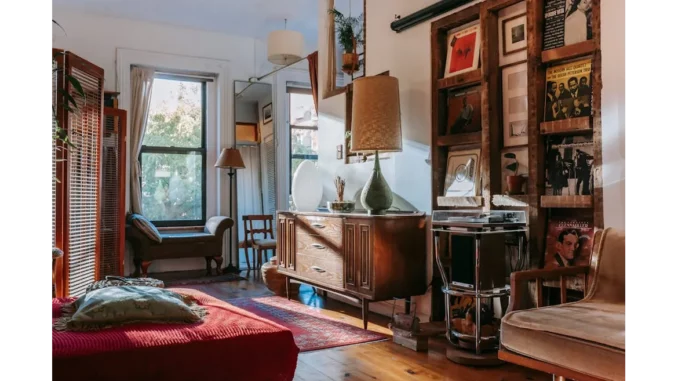
Mastering the Art of Mixing Furniture Styles: Expert Insights and Elegant Techniques
In the sophisticated world of interior design, an intriguing trend has emerged, capturing the imagination of both homeowners and design aficionados: the artful blend of furniture styles. This eclectic approach not only offers a unique aesthetic that is visually captivating but also allows for a deeply personal expression within one’s living space. But how does one achieve this harmonious yet diverse look without descending into chaos? Let us unveil some expert secrets to guide you in mastering the art of mixing furniture styles with elegance and flair.
Understanding Your Styles: The Foundation of Eclectic Design
Before embarking on this creative journey, it is imperative to develop an understanding of the various furniture styles at your disposal. Each style carries its own signature characteristics, offering a palette of options to inform your design choices. For instance, modern furniture is celebrated for its clean lines and minimalistic aesthetic, often incorporating materials such as metal and glass. Conversely, traditional furniture exudes opulence with its ornate designs, rich woods, and plush fabrics. Rustic styles favour natural materials and a cosy ambience, while industrial design embraces raw elements like exposed metal and wood.
By familiarising yourself with these styles, you can discern which elements resonate with your personal taste and envision how they might harmoniously interact within your space.
Establishing a Base: The Keystone of Your Design
Having identified your preferred styles, select one to serve as the foundation of your room. This base style will dominate and set the tone for your eclectic mix, acting as the anchor for all subsequent design decisions. Whether you are drawn to the sleek simplicity of modern design or the warm, inviting allure of rustic decor, your base style should reflect your core aesthetic preferences and guide your design narrative.
Introducing a Secondary Style: Adding Depth and Contrast
With your base style firmly established, the next step is to introduce a secondary style. This is where creativity takes flight, allowing you to experiment and inject contrast and interest into your space. When choosing a secondary style, consider its relationship with your base—seek styles that either share common elements or provide a complementary contrast. For instance, if modern design is your base, mid-century modern pieces can introduce a touch of retro flair while maintaining a love for clean lines.
Focusing on Unifying Elements: Creating Cohesion Amid Diversity
To ensure that your mixed styles coalesce into a harmonious whole, it is crucial to focus on unifying elements. These can be colours, materials, or textures that recur throughout your space, imparting a sense of cohesion. For example, when blending modern and rustic styles, a consistent colour palette featuring neutral tones and natural materials such as wood and stone can seamlessly tie disparate pieces together, achieving a cohesive and sophisticated look.
Playing with Textures: Elevating Visual and Sensory Appeal
Texture serves as a powerful tool in interior design, particularly when harmonising different styles. By layering varied textures, you can infuse depth and richness into your space. Consider pairing smooth, sleek surfaces with rough, organic textures. A modern leather sofa, for instance, can be complemented by a chunky knit throw or a rustic wooden coffee table. These textural juxtapositions not only elevate visual interest but also enhance the inviting and dynamic quality of your environment.
Balancing Proportions: Achieving Harmony Through Scale
In the delicate art of mixing furniture styles, maintaining balance and proportion is paramount. This entails careful consideration of the size and scale of your furniture pieces relative to each other and the room itself. Avoid overwhelming your space with large, bulky items; instead, juxtapose grand statement pieces with smaller, more delicate ones. This equilibrium will ensure a harmonious look, allowing each style to contribute to the overall design without overshadowing others.
Embracing Personalisation: Infusing Your Space with Character
Perhaps the most rewarding aspect of mixing furniture styles is the opportunity to infuse your space with individuality. This approach permits you to showcase your unique tastes and interests, crafting a home that truly reflects your identity. Do not shy away from experimentation or pieces of personal significance, be it a cherished vintage chair or an intriguing art piece. These personal touches bestow authenticity and a lived-in charm upon your space.
By embracing these expert strategies, you can confidently navigate the art of mixing furniture styles, transforming your home into an elegant, eclectic haven that resonates with your unique personality and aesthetic sensibilities.


Be the first to comment